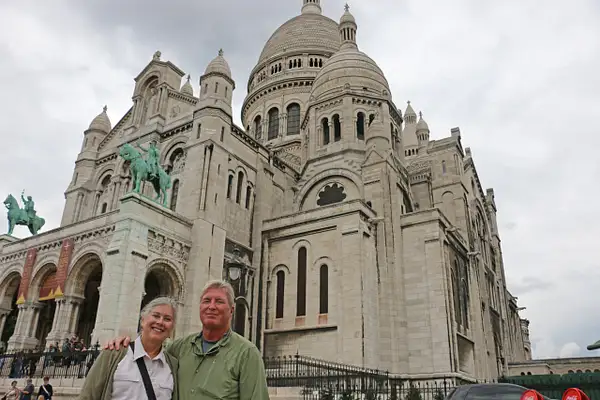


Louis XIV, Place des Victoires
At the center of the Place des Victoires is an equestrian monument in honor of King Louis XIV celebrating the Treaties of Nijmegen concluded in 1678-79.
|
Place des Victoires
The Place des Victoires is a circular place in Paris, located a short distance northeast from the Palais Royal and straddling the border between the 1st and the 2nd arrondissements
|
Banque de France
The Banque de France, headquartered in Paris, is the central bank of France; it is linked to the European Central Bank (ECB). Founded in 1800, it helped resolve the financial crisis of 1848 and emerged as a powerful central bank. Its main charge is to implement the interest rate policy of the European System of Central Banks (ESCB). In 1800, financial power in France was in the hands of about ten to fifteen banking houses whose founders, in most cases, came from Switzerland in the second half of the eighteenth century. These bankers, mostly Protestant, were deeply involved in the agitations leading up to the French Revolution. When the revolutionary violence got out of hand, they orchestrated the rise of Napoleon, whom they regarded as the restorer of order. As a reward for their support, Napoleon, in 1800, gave the bankers a monopoly over French finance by giving them control of the new Bank of France. For the first fifteen years it was the sole issuer of bank notes in France.
|
|
|
|
|
Church of St Eustace
The Church of St Eustace, Paris (French: L’église Saint-Eustache) is a church in the 1st arrondissement of Paris. The present building was built between 1532 and 1632. Situated at the entrance to Paris's ancient markets (Les Halles) and the beginning of rue Montorgueil, St Eustace's is considered a masterpiece of late Gothic architecture. The church’s reputation was strong enough at the time for it to be chosen as the location for a young Louis XIV to receive communion. Mozart also chose the sanctuary as the location for his mother’s funeral. Among those baptised here as children were Richelieu, Jeanne-Antoinette Poisson, future Madame de Pompadour and Molière, who was also married here in the 17th century. The last rites for Anne of Austria, Turenne and Mirabeau were pronounced within its walls. Marie de Gournay is buried there.
|
Bourse de commerce (Commodities Exchange)
The Bourse de commerce (Commodities Exchange) is a building in Paris, France, originally used as a place to negotiate the trade of grain and other commodities, now used to provide services to businesses by the Paris Chamber of Commerce. It has its origins in a circular corn exchange built in 1763–67, with an open-air interior court that was capped by an iron dome in 1811. In a major reconstruction in 1888–89 much of the structure was replaced, although the layout remained the same and the dome was retained with modifications. The dome of the building is listed as a historical monument.
|
"L'Écoute" (Listen), a sculpture by René Cassin
In front of St. Eustache's Church in Place René Cassin, is a giant, seventy ton abstract sculpture of a head resting on a hand and made of sandstone. It is called, "L'Écoute" ("Listen"), created by Henri de Miller and placed there in 1986. With its location directly in front of the Gothic church of St. Eustache, "Ecoute" presents a striking contrast between old and new, one of the defining characteristics of Paris.
|
Church of St Eustace-Waterspout gargoyle |
Church of St Eustace |
Church of St Eustace |
Church of St Eustace-Trancept Rose Window |
Church of St Eustace-Ornately carved pulpit |
Church of St Eustace-The largest organ in France
With 8,000 pipes, the organ is reputed to be the largest pipe organ in France, surpassing the organs of Saint Sulpice and Notre Dame de Paris. The organ originally constructed by P.-A. Ducroquet was powerful enough for the premiere of Hector Berlioz' titanic Te Deum to be performed at St-Eustache in 1855.
|
Church of St Eustace-The Altar |